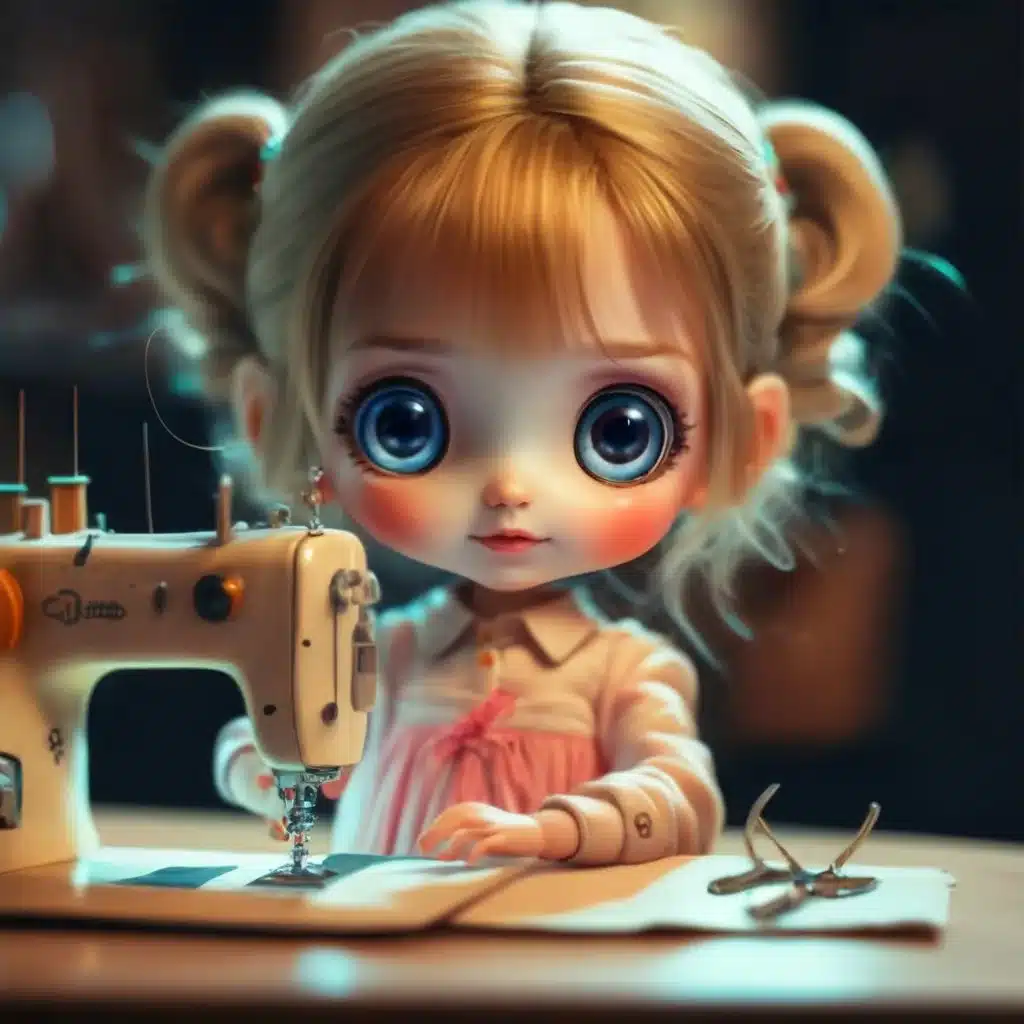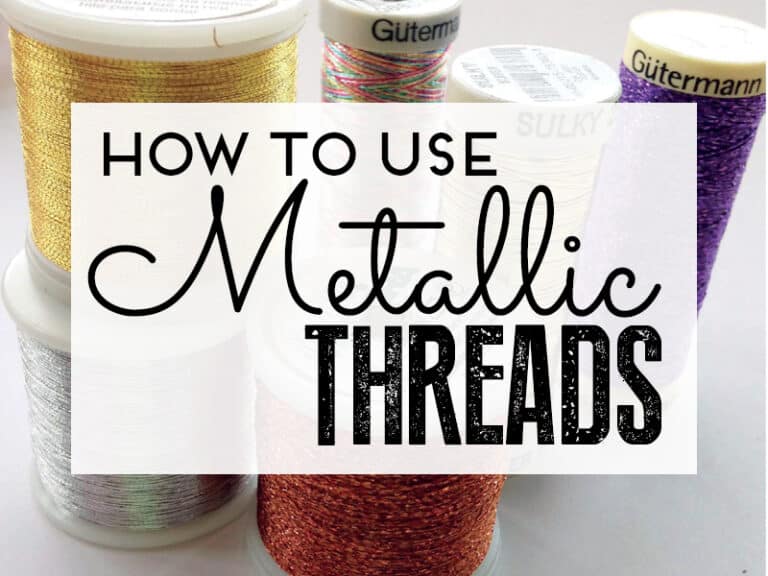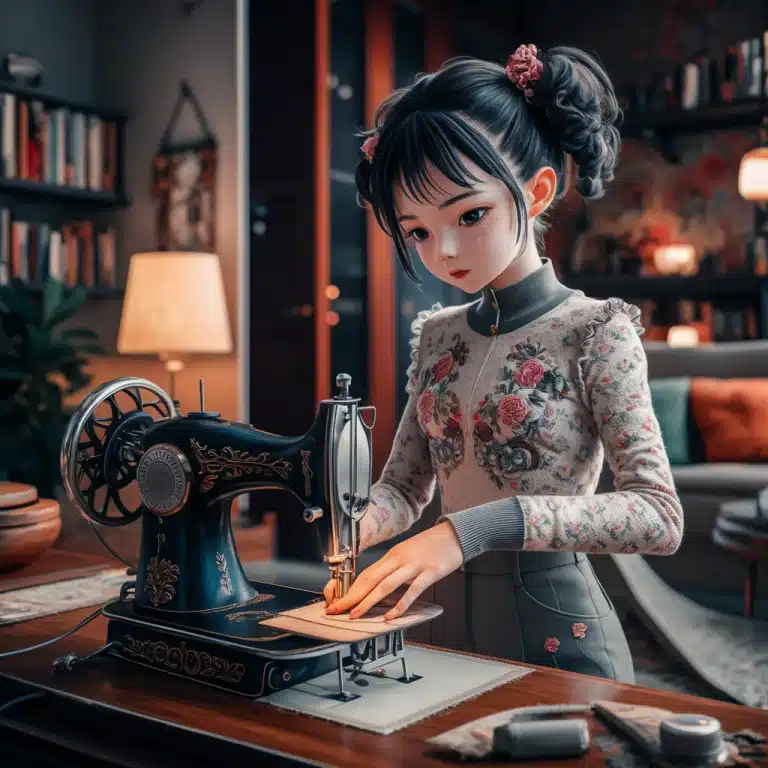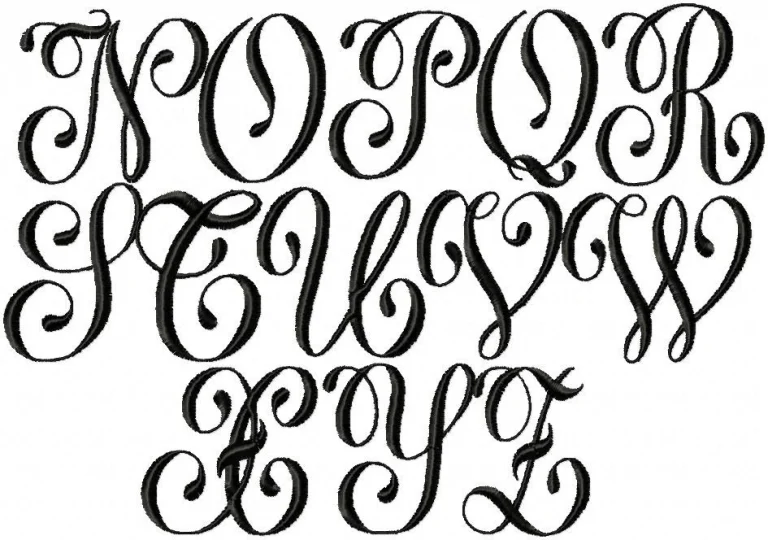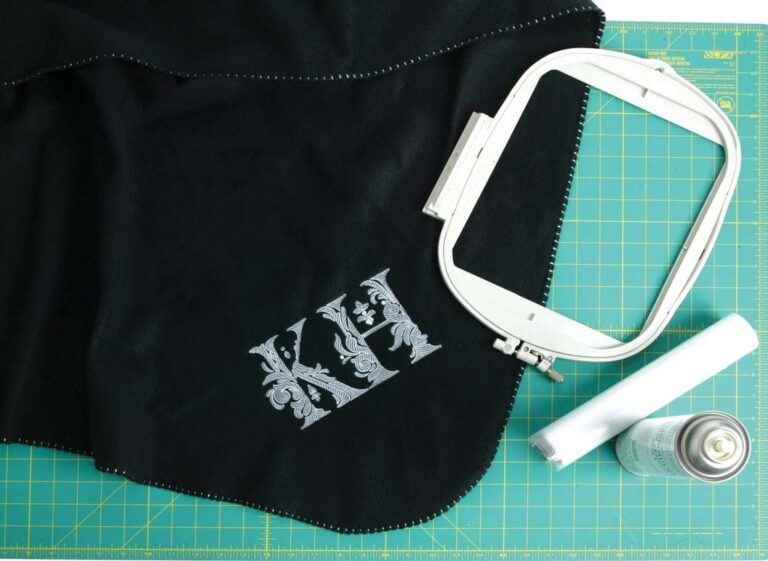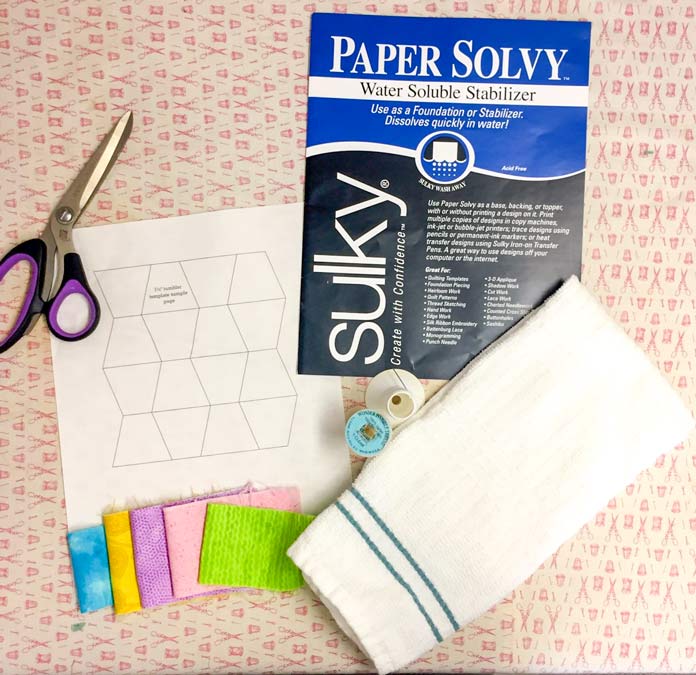Embroidery Machine vs. Hand: A Comprehensive Comparison
Embroidery, the art of embellishing fabric with intricate stitches, has been practiced for centuries. It has evolved over time, from delicate needlework by hand to the precision of automated embroidery machines. While both techniques offer unique advantages and disadvantages, the choice between hand and machine embroidery depends on individual preferences, skill level, and project requirements.
Hand Embroidery: The Timeless Art
Hand embroidery, a tradition passed down through generations, involves manually creating stitches using a needle and thread. This method allows for a high level of control over the stitching, resulting in a more personalized and expressive outcome. Hand embroidery is known for its intricate details, varied stitches, and the ability to blend different textures and colors.
Advantages of Hand Embroidery:
-
Personalization and Creativity: Hand embroidery allows the artist to express their unique style and creativity through the choice of stitches, patterns, and color combinations. Each piece created by hand is a one-of-a-kind work of art.
-
Tactile Experience: The act of hand embroidery involves a physical connection between the artist and the fabric, providing a meditative and therapeutic experience. The tactile nature of hand stitching can be deeply satisfying and calming.
-
Variety of Stitches: Hand embroidery offers a wide range of stitches, from simple running stitches to complex chain stitches, French knots, and more. This versatility allows for intricate detail and a variety of designs.
-
Affordability: Hand embroidery can be a relatively affordable hobby compared to machine embroidery, as the initial investment in supplies is relatively low.
Disadvantages of Hand Embroidery:
-
Time-Consuming: Hand embroidery is a time-intensive process, requiring patience, dedication, and practice. A small project can take hours or even days to complete.
-
Skill Level: Hand embroidery requires a certain level of skill and dexterity to achieve professional-looking results. Beginners may find it challenging to master complex stitches and produce consistent patterns.
-
Repetitive Motions: Hand embroidery can put strain on the hands and wrists due to repetitive motions. It is important to take breaks and practice proper ergonomics to prevent injuries.
Machine Embroidery: Precision and Efficiency
Machine embroidery, powered by advanced technology, automates the stitching process, allowing for faster production of intricate designs. This method is ideal for repetitive patterns, large-scale projects, and high-volume production.
Advantages of Machine Embroidery:
-
Speed and Efficiency: Machine embroidery can produce multiple identical pieces in a fraction of the time it takes to hand embroider. This makes it suitable for mass production and large-scale projects.
-
Precision and Consistency: Machine embroidery produces consistent stitches and patterns, ensuring a high degree of accuracy and detail. This is ideal for logos, lettering, and complex designs.
-
Reduced Physical Demand: Machine embroidery eliminates the repetitive motions and strain associated with hand embroidery. This makes it a more accessible option for individuals with dexterity or physical limitations.
-
Larger Projects: Machine embroidery can accommodate larger fabrics and projects due to its larger hoop size and the ability to stitch continuously without stopping.
Disadvantages of Machine Embroidery:
-
Initial Cost: Embroidery machines can be expensive, requiring a significant investment in hardware and software.
-
Limited Personalization: Machine embroidery patterns are often pre-designed, limiting the artist’s ability to express their personal style and creativity.
-
Less Tactile Experience: The automated process of machine embroidery lacks the tactile feedback and meditative quality of hand embroidery.
-
Maintenance and Upkeep: Embroidery machines require regular maintenance and upkeep, including cleaning, thread changes, and software updates.
Choosing the Right Method:
The decision between hand and machine embroidery depends on individual preferences, skill level, and project requirements. Hand embroidery is a great choice for those who value personalization, creativity, and the tactile experience. Machine embroidery is ideal for those who need speed, consistency, and the ability to produce large-scale projects.
Ultimately, both hand and machine embroidery offer unique artistic possibilities. The best method is the one that aligns with your personal interests, skill level, and the specific demands of your project.
Conclusion:
Embroidery, whether executed by hand or machine, is a timeless art form that allows for self-expression and creativity. Both methods have their own merits and drawbacks, making the choice between them a personal one. Whether you prefer the meditative rhythm of hand stitching or the efficiency of machine embroidery, both techniques can produce stunning and meaningful works of art.
Related Posts
Discover relevant articles, tutorials, and tips to improve your skills and explore new techniques.
Stay inspired and connected to our embroidery community.
